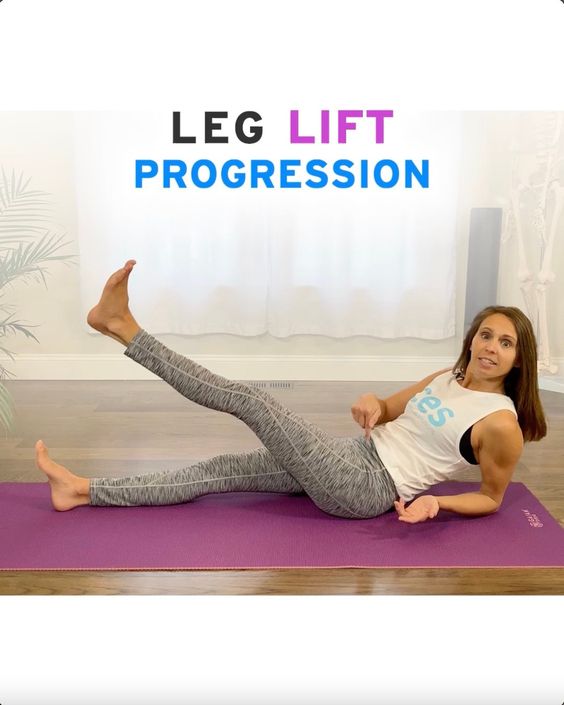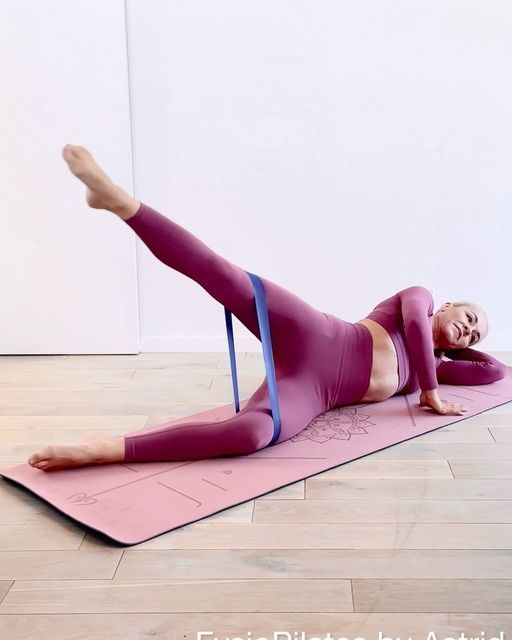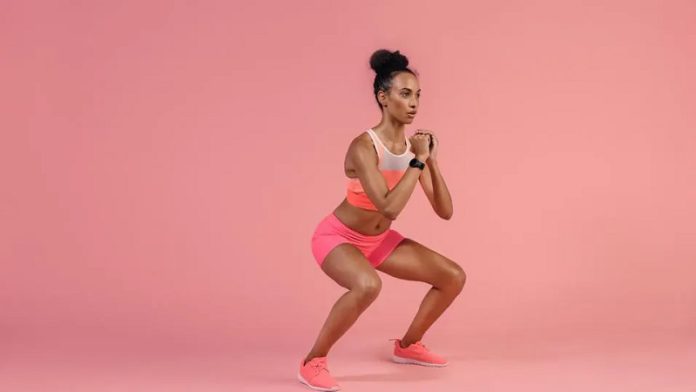Dhealthwellness.com – Leg lifts may not be the sexiest exercise, but they pack a powerful punch. They’re an essential addition to any workout and work your core more thoroughly than crunches or sit-ups.
A Good Start for Those Who Want to Improve Leg Strength
Start off by lying on the floor doing a side leg lift, then raise one leg vertically until it reaches 90 degrees and slowly lower. Repeat. Performing squats is a good place to start for anyone looking to improve their leg strength and tighten their butt. This classic exercise is the cornerstone of many workouts and can be modified to suit any level of experience. Once mastered, you can progress to advanced squat variations.
Squats also help strengthen your core muscles, especially the lower back and abductors. This helps improve your posture, which may lead to reduced low-back pain and improved overall performance. The Physical Activity Guidelines for Americans recommend that you do total-body strength training two or more nonconsecutive days a week. The exact number of squat sets you perform each week will depend on your current fitness levels and goals.

Try doing squats with weight to increase the difficulty and challenge yourself. However, always consult a trainer to determine what type of weight is safe for you and how many sets and reps you should perform. Avoid squatting so low that it causes your back to arch, which can cause injuries. The hanging leg raise is a staple in many strength training routines. It is a great exercise for targeting the hip flexors and abs and also trains you to perform more challenging movements like deadlifts and squats.
Choose Alternatives That Provide the Same Type of Muscle Contraction
However, if you don’t have the proper balance and strength to perform this exercise it is important that you choose an alternate that delivers the same type of muscle contraction. The biggest drawback of this exercise is that it can cause lower back pain when performed incorrectly. This is because you can lose control of your legs and end up swinging them up with momentum.
To reduce the likelihood of this happening you can perform a shortened version where you only raise your legs to a point just above your shoulders. This will target the rectus abdominis muscles (the six pack) but not the hip flexors as much as the full hanging leg raise. You can also increase the difficulty of this variation by adding ankle weights or holding a dumbbell or medicine ball between your feet.

While the leg raise isn’t the sexiest or hardest-hitting core exercise, it’s a solid addition to any workout. If you’re new to doing this move, don’t be afraid to start small—raise your legs to the ceiling and then slowly lower them back down. This will build up strength over time and help you to complete the full movement. If you’re ready to step up your game, consider adding a weighted variation. This can be done by placing a dumbbell between your feet or strapping ankle weights onto your lower legs. This makes the exercise more challenging, and it also works the abdominal muscles harder.
Advanced Variations Requiring Core Strength
Nykor cautions that because this exercise is floor-based, it’s not appropriate for everyone—especially if you have a history of back issues or knee problems. If you have pain or discomfort while performing the movement, stop immediately. You may also want to avoid this move if you’re pregnant or have hip or knee injuries. The medicine ball leg raise is an advanced variation that requires a high level of core and inner-thigh strength.
Adding a medicine ball to standard leg lifts makes the exercise harder without requiring a greater range of motion. If you want to work up to this move, Scott recommends starting with some dead hangs and side leg raises to build the upper-body and grip strength needed to hold a weight between your feet.

Leg lifts are an important exercise that helps target the lower abdominal muscles, and they can also help strengthen the hip flexors and back extensors. They are best done a few times per week, along with other core-focused exercises. Ideally, they should be performed after hitting the bigger compound lifts that are part of your overall workout plan. Doing them too early can cause fatigue that reduces the quality of your set. Also, performing them incorrectly can cause pain in the low back.
Reference :
